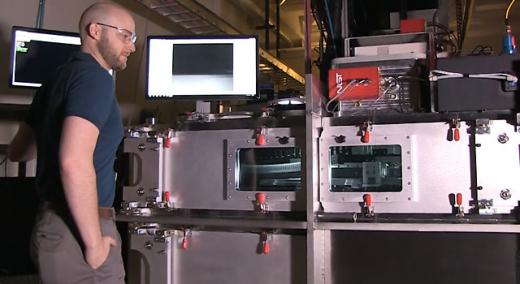3D printing of metal objects is a booming industry, with the market for products and services worth more than an estimated $2.3 billion in 2015, a nearly fivefold growth since 2010, according to Wohlers Report 2016. For this type of manufacturing, a metal part is built up successively, layer by layer, over minutes or hours. Sometimes thousands of layers are added together to make a single piece, a reason why this process is conventionally referred to as “additive manufacturing” (AM). By convention, 3D printers that create functional parts, often metal, in a commercial environment are referred to as “additive manufacturing machines.” The term “3D printing” usually refers to the process used to make plastic parts, one-off pieces, art pieces, or prototypes.
|
ADVERTISEMENT |
Additive manufacturing machines are particularly handy for making objects with complex forms or geometry, or internal features like ducts or channels. They are becoming increasingly popular in the aerospace, automotive, medical, and technology industries, to make complex pieces such as fuel injector nozzles for engines or titanium bone implants for skull, hip, and other repairs.
…

Add new comment